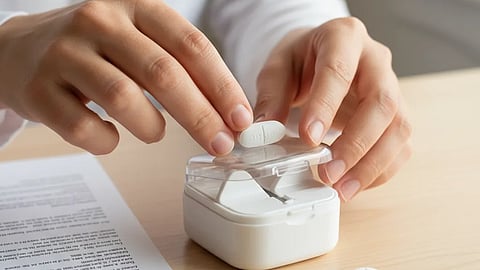Tablet splitting means physically dividing a pill (usually into halves or sometimes quarters) to get a lower dose or reduce cost.
According to the FDA’s guidance on tablet splitting, “At some point your healthcare or managed care company may have recommended tablet splitting for reasons such as to adjust the dosing of your medication or to reduce costs.”
MedBound Hub user Khela Hari Chandana Kalavakolanu, a B. Pharm graduate, shared:
“Everyone has experienced situations where the doctor recommended ‘half a tablet,’ the pill seems too large, or the dosage is excessively potent. But here’s the catch: not all tablets are safe to split.”
Adding to this, sakshe commented:
“This is an important reminder. Many people assume all tablets can be halved safely, but coatings and release mechanisms make a huge difference. Always checking with a pharmacist can prevent unintended side effects or reduced effectiveness.”
These insights highlight the real-world relevance of tablet splitting, but it’s essential to understand both its benefits and risks.
Benefits of Tablet Splitting: Dose Flexibility and Cost Savings


